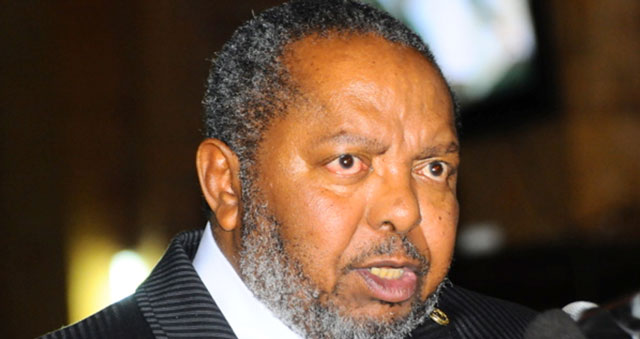
Beyond Uganda
Following the contraction in global output in 2020 due to the COVID-19 pandemic and the associated measures to contain its spread, global economic activity started to pick up in the second half of 2020 and the recovery has gained momentum over the first half of 2021.
The World Bank in its June 2021 Global Economic Prospects Report projected a pick-up in global output by 5.6 percent in 2021, an upward revision from the January 2021 projections.
Nonetheless, the recovery is uneven among countries with advanced economies, particularly the United States, the recovery is stronger, largely supported by successful vaccination campaigns and significant policy stimulus. Indeed, the advanced economies are the main driver of the recovery in global growth.
Emerging markets and developing economies, including China, which controlled the spread of the pandemic earlier than most economies are projected to grow by 6 percent in 2021, from a contraction of 1.7 percent in 2020.
However, excluding China, emerging markets are projected to grow by a modest 4.4 percent in 2021, from the contraction of 4.3 percent in 2020.
Although improvement in external demand and international commodity prices are expected to support growth for emerging markets (excluding China) in 2021, new COVID-19 waves amidst slow vaccination rates and inadequate policy support are anticipated to hold back the pace of the recovery.
Sub-Saharan Africa economies are projected to grow by 2.8 percent in 2021, the same level of growth projected in January 2021, but up from the contraction of 2.4 percent in 2020.
The pace of growth in 2021 is moderated by low fiscal space to provide fiscal stimulus coupled with challenges in vaccine procurements.
The report warns: “The outlook is, however, uncertain, with elevated downside risks arising mainly from the emergence of new COVID-19 variants and waves…in addition, the current pick up in global commodity prices and inflation, if sustained, may trigger earlier than anticipated tightening of global financial conditions, if central banks tighten monetary policy stance, with more adverse effects on highly indebted emerging markets.”
 Museveni’s new year promise
Museveni’s new year promise
In a televised address on Oct.28, President Yoweri Museveni said the country has imported sufficient dozes of covid vaccines to administer on the population to allow full reopening of the economy in January next year.
As the country awaits this to happen, Bank of Uganda governor, Emmanuel Tumusiime Mutebile has promised to do everything within his powers to keep it alive.
“Bank of Uganda will continue to do everything within its mandate to champion a stable and predictable economic environment and financial stability in order to enhance social and economic welfare of the people of Uganda,” Mutebile said in the annual report.
He said, during the pandemic era, BoU maintained an accommodative monetary policy stance to support economic activity amidst a benign inflation outlook, which he hopes to continue doing until full reopening is realized.
He said, the economic growth for Uganda is estimated at 3.3 percent for FY2020/2021 rising to 3.5–4.5percent in FY2021/2022 and return to 6-7percent by 2024/2025.
Similarly, the inflation trajectory is likely to be shaped by uncertainties impinging on the upside and the downside but will remain within the medium-term target of 5 percent.
Mutebile says, mitigating measures such as accommodative monetary policy, credit relief measures to be extended on a case-by-case basis after expiration in September 2021, and budgetary support to micro small medium enterprises amongst others are expected to minimize the negative impacts of COVID-19.
In his October monetary policy report Mutebile said, with the ebbing of the COVID second wave, a phased relaxation of pandemic related restrictions and improving vaccine coverage, economic activity is gradually normalizing.
He said, the high frequency indicators of economic activity for August and September 2021 suggest that the economy is pulling out of the COVID-19 second wave impact.
However, he said, some contact dependent sectors that faced the brunt of the pandemic continue to face difficult conditions and that the virus continues to pose uncertainty in the near-term economic outlook.
He said, economic growth will depend on the release of pent-up demand, a boost to investment activity from the government’s focus on infrastructure and support to sectors that have been more adversely affected by the pandemic and accommodative monetary conditions.
In addition, an acceleration in private consumption, strong growth in external demand, a gradual return of tourism and foreign and private domestic investment in the oil sector are the other supporting factors.
****
 The Independent Uganda: You get the Truth we Pay the Price
The Independent Uganda: You get the Truth we Pay the Price


